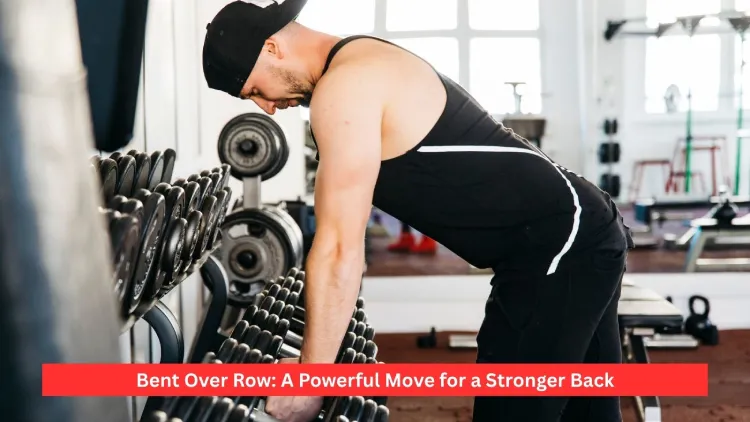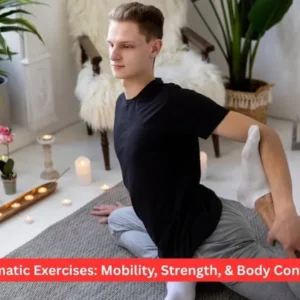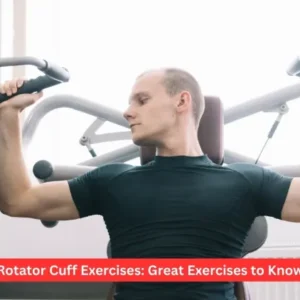Bent over row is a very effective compound exercise that helps in strengthening the upper body, that is, the back, shoulders and arms. In addition to making the muscle bigger and stronger, it enhances better posture, stability and pulling strength. It makes use of several muscle groups, such as the lats, traps, rhomboids, rear delts, and biceps, so it involves amazing results whether using a barbell, dumbbells, or a resistance band for a beginner and an advanced lifter.
What Is a Bent Over Row?
The bent over row is a compound exercise, which means that you draw a weight, say it can be a barbell, dumbbells or a cable, towards your torso, and then the body is bent at the hips. Such pulling movement mostly activates the back muscles, training the body to gain more control, pulling movements and coordinate better on posture, pulling movements and general coordination.
This is performed mainly on free weights, although machines or resistance bands may also be used to perform this exercise. However, it is the same purpose, no matter the equipment: to apply the pulling motion and gravity and act in the major muscles of the back and arms. Due to the fact that this exercise recruits a variety of muscle groups, it helps to achieve muscle strength and endurance in addition to functional movement.

Muscles Activated by Bent Over Rows
The bent-over row is an exercise that is well-received in terms of its multi-muscle-targeting, which involves both the primary and secondary muscle groups in each exercise.
Primary Muscles:
- Latissimus Dorsi (Lats): These muscles are the largest back muscles that are worked, which, to a great extent, assist in making the upper body appear wider and stronger.
- Rhomboids: They are found in-between your shoulder blades and they assist in posture and strength of your upper back.
- Trapezius (Upper and Middle Traps): This is the part of scapulometry and shoulder stabilisation.
- Rear Deltoids: This refers to the back muscles of the shoulders and assists in pulling and posture.
Secondary Muscles:
- Biceps: The pulling movement involves flexion of the elbow, which involves the biceps.
- Forearms: Strength in the grip is developed since during the exercise you need to hold the weight throughout.
- Core: These muscles are used to balance your body and hold yourself together in the proper position in movement.
Since the bent-over row involves the use of many joints and muscles, it is a compound exercise. This is very effective in not only creating muscle mass, of course, but also enhancing functionality and strength.

How To Do Bent Over Row (Barbell Version)
- Position: Have feet at a shoulder position. Grab the
- with a pronated grip (palms down), but with a slight width that is less than the shoulder.
- Hinge: Hinge forward at the hips till the torso is close to being parallel with the ground. Straight back, slight knees bend.
- Pull: Pull the barbell to the lower rib cage and contract the shoulder blades at the top.
- Lower: Tilts the bar low again without losing position gradually.
- Repeat: 8-12 reps of muscle-building or 5-8 reps of heavier reps in case of strength.
Proper form is crucial. Remain straight, abdomen firm and do not round your back. To lessen the lower back stress, engaging your core and lifting your chest is also a good idea to maximise muscle activity.
Benefits of the Bent Over Row
- Develops Upper Body Strength: Fires various muscles in developing overall power.
- Enhances Posture: Tones muscles of the posture and reduces hunching and backache.
- Increases Pull Strength: Useful in activities that are performed in daily life, such as lifting, pulling or rowing.
- Grows Muscles Size and Definition: Assists you to get gaining a broad and well-built back and arms.
- Enhances Core stability: The Core is needed to stabilise the body in movement.
Not only does the bent over row result in a stronger and wider back, but in other biceps, forearms, and even shoulders leave fast impressions, which build lean muscle as well as strength.
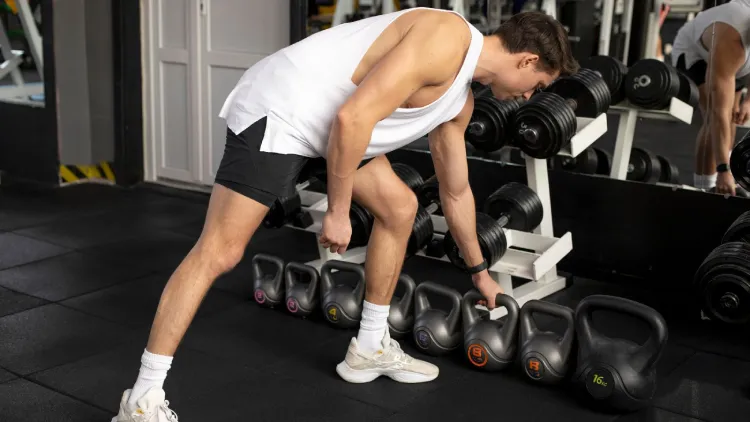
Bent Over Row Variations
- Dumbbell Bent Over Row: This provides more movement and is useful in correcting muscular imbalance.
- Single-Arm Dumbbell Row: This one is performed on a bench and allows focusing on one side of the body at a time, strengthening the opposing sides.
- T-Bar Row: A T-bar or landmine deviation is used to add load range and load capacity to it.
- Underhand bent over Row: A supinated grip is used to engage more biceps in the pulling action.
- Pendlay Row: Whereas in this move, the barbell begins at the floor each time, it enhances explosiveness and strength.
Such variations render the bent-over row versatile and adjustable to various purposes- whether size, strength or endurance among the muscles.
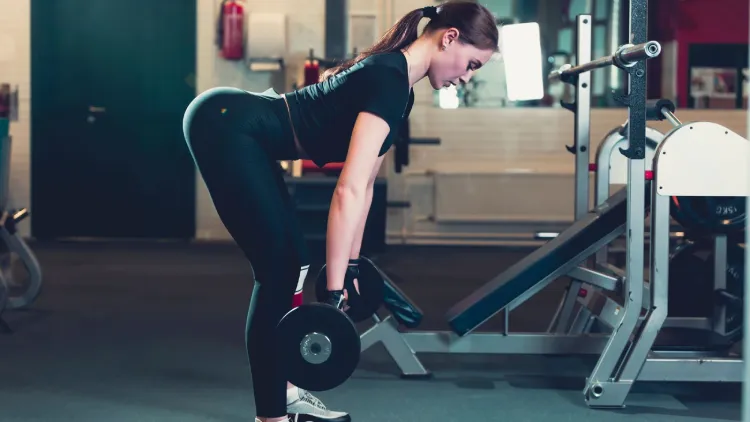
Common Mistakes to Avoid
- Rounding the Back: A rounded back will result in lower back injury. Keep your chest erect and your back straight.
- With Momentum: Jerking the weight makes its use less effective. Move slowly and in a controlled manner.
- Dilemma of lifting too heavy: Excess weight undermines form. At first, begin smaller and then bigger.
- Bad Grip or Posture: The width of your grip should correspond to your objective and comfort level, and so must the position of your arm.
The awareness of form can enhance your advancement, besides minimising the risk of injury greatly.
Tips for Better Results
You must stress the fact that you focus on the contraction of the muscles of the back–not on the pulling with the hands.
- Look slightly ahead or down to have a neutral neck.
- Exercise a weight that you are in control of over the entire range of motion.
- Maintain the bent over rows 1-2 times a week, including back or pull day.
Bend over row can be used in conjunction with other exercises like the deadlifts, which are compound exercises, in muscle building.
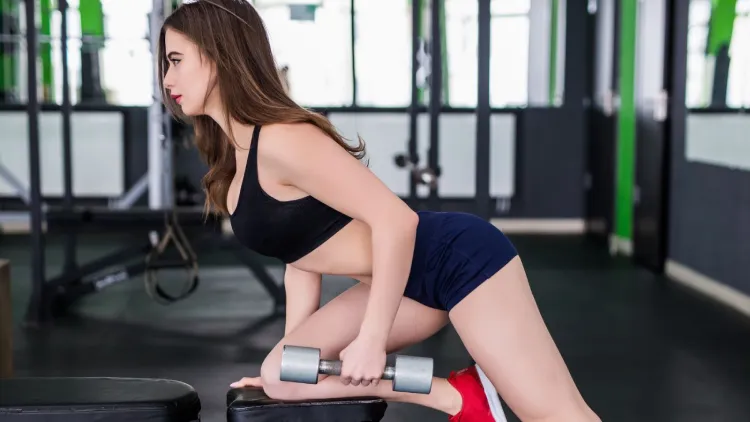
Final Thoughts
Bent over row is among the most effective exercises that you can incorporate in a workout program to have a stronger and more muscular back. The ability of its composition enables you to train more muscle groups at the same time to strengthen, increase muscle mass, and functional power. When properly done, this exercise not only helps in maintaining those upper body aesthetics, but also helps to enhance better stability, mobility, and pulling forces.
The bent over row is the best exercise regardless of whether you want to have bigger arms, a wider back, or improve performance in sports. It is an essential part of a program, as well as old-fashioned exercises like the deadlift or squat. Take your barbell, concentrate on form and pull your way to a fatter physique.
Frequently Asked Questions
1. Are beginners good at the bent over row?
The bent over row is alright for novices as long as they use light weights and concentrate on good form. It is an excellent exercise to establish the primary strength and understand how to use the back muscles.
2. Does the bent over row help to develop bigger arms?
Absolutely! Although it is mostly a back workout, the bent over row used involves the use of the biceps and forearms, which could lead to growth of the arms when done regularly.
3. Should I have bent over rows frequently in the workout routine?
To achieve the best outcome, once or twice per week with pulled or bent over rows, with other back exercises or pull exercises. This rate will enable your muscles to rest while facilitating strength and growth.
4. What is the difference between the Pendlay Row and the Bent Over Row?
The sole distinction is form and performance. In Pendlay row, each rep begins with the barbell on the floor, with a focus on explosiveness and good form. The bent-over row gives the barbell the ability to remain off the floor in between the reps, and so this gives a smoother movement and the ability to have a little bit heavier loading.

